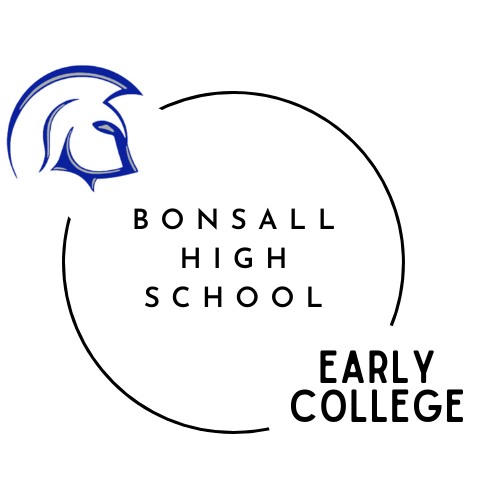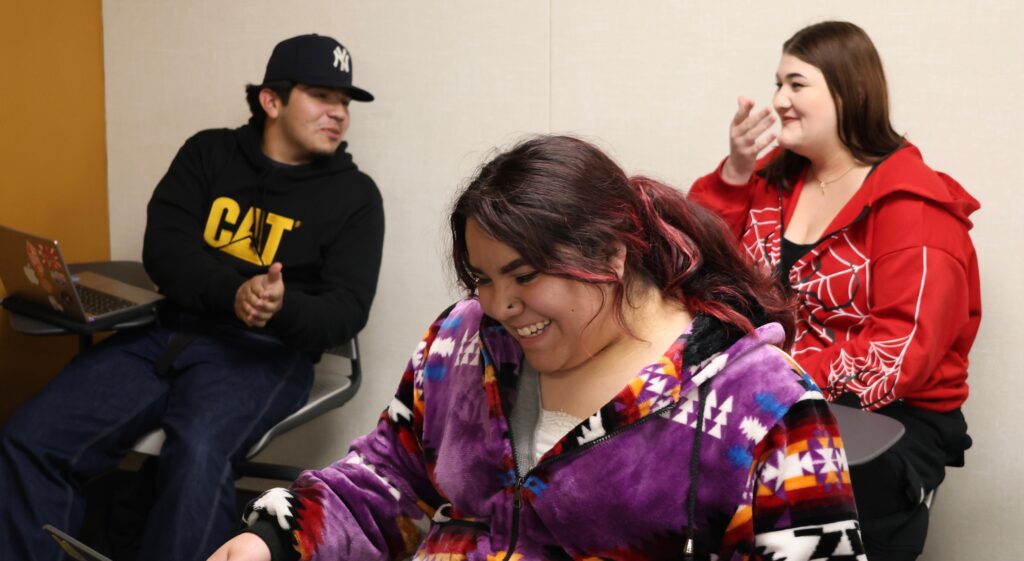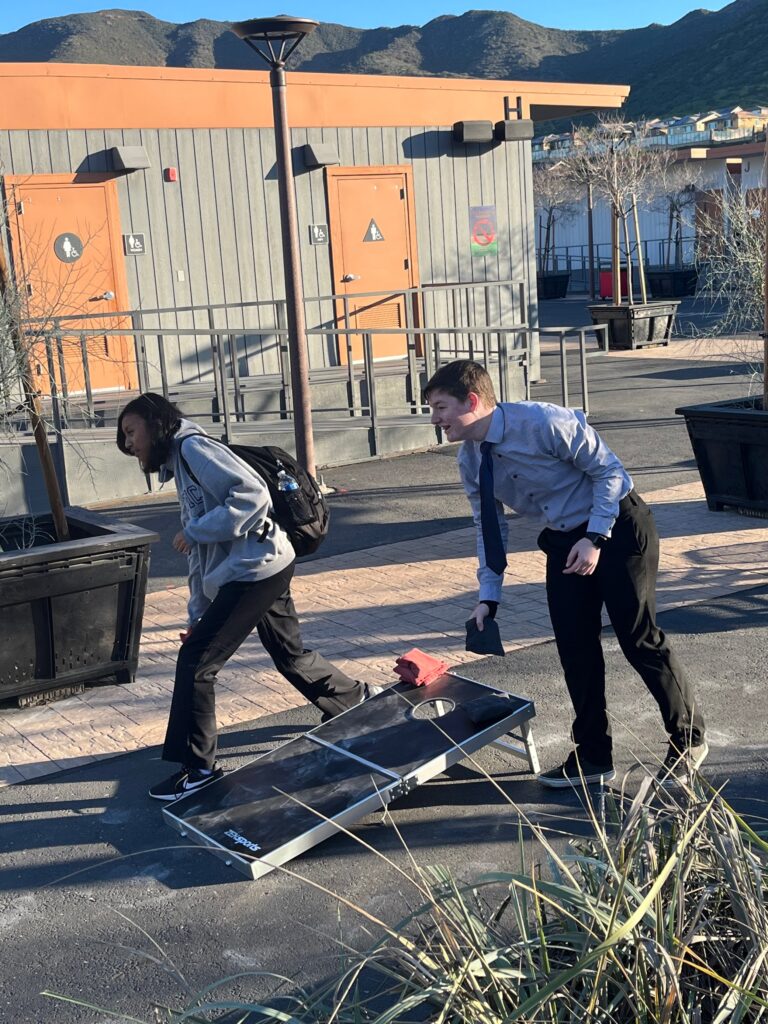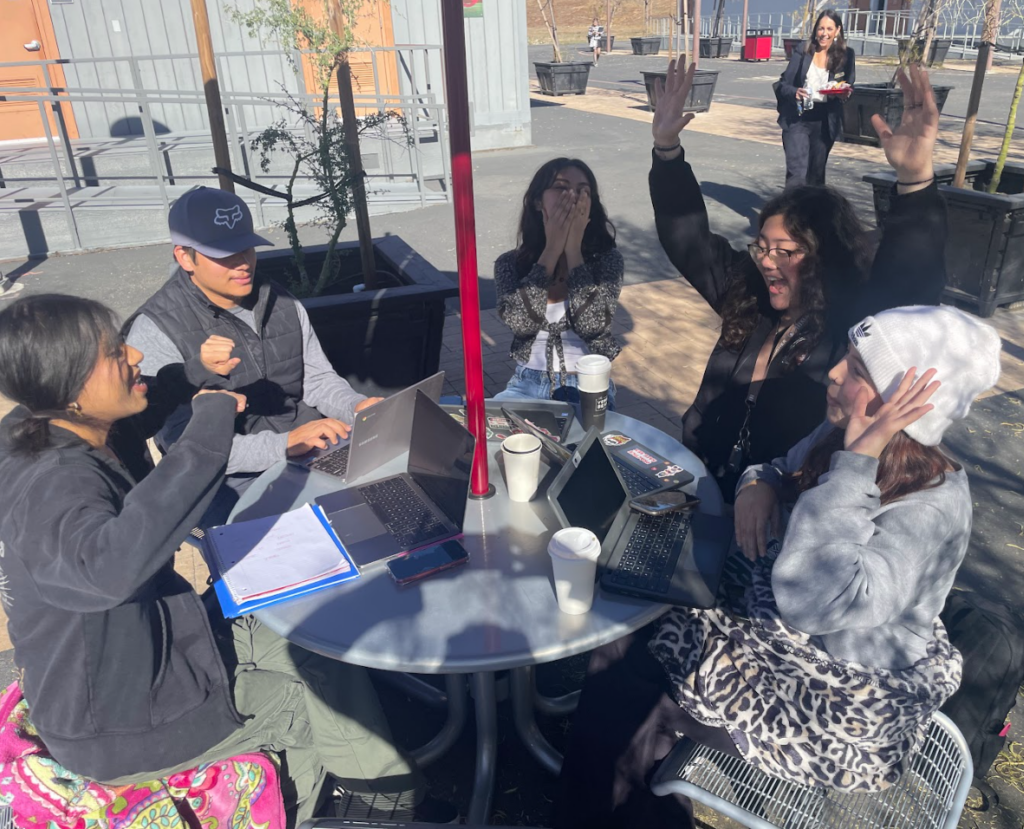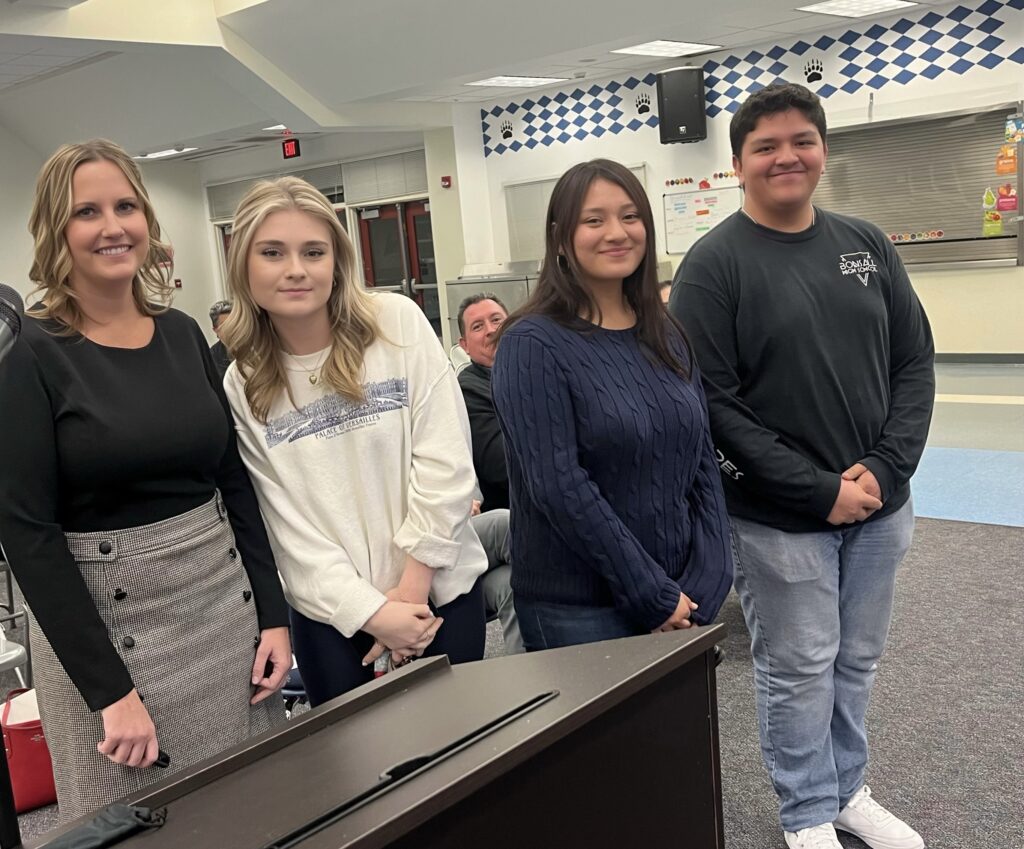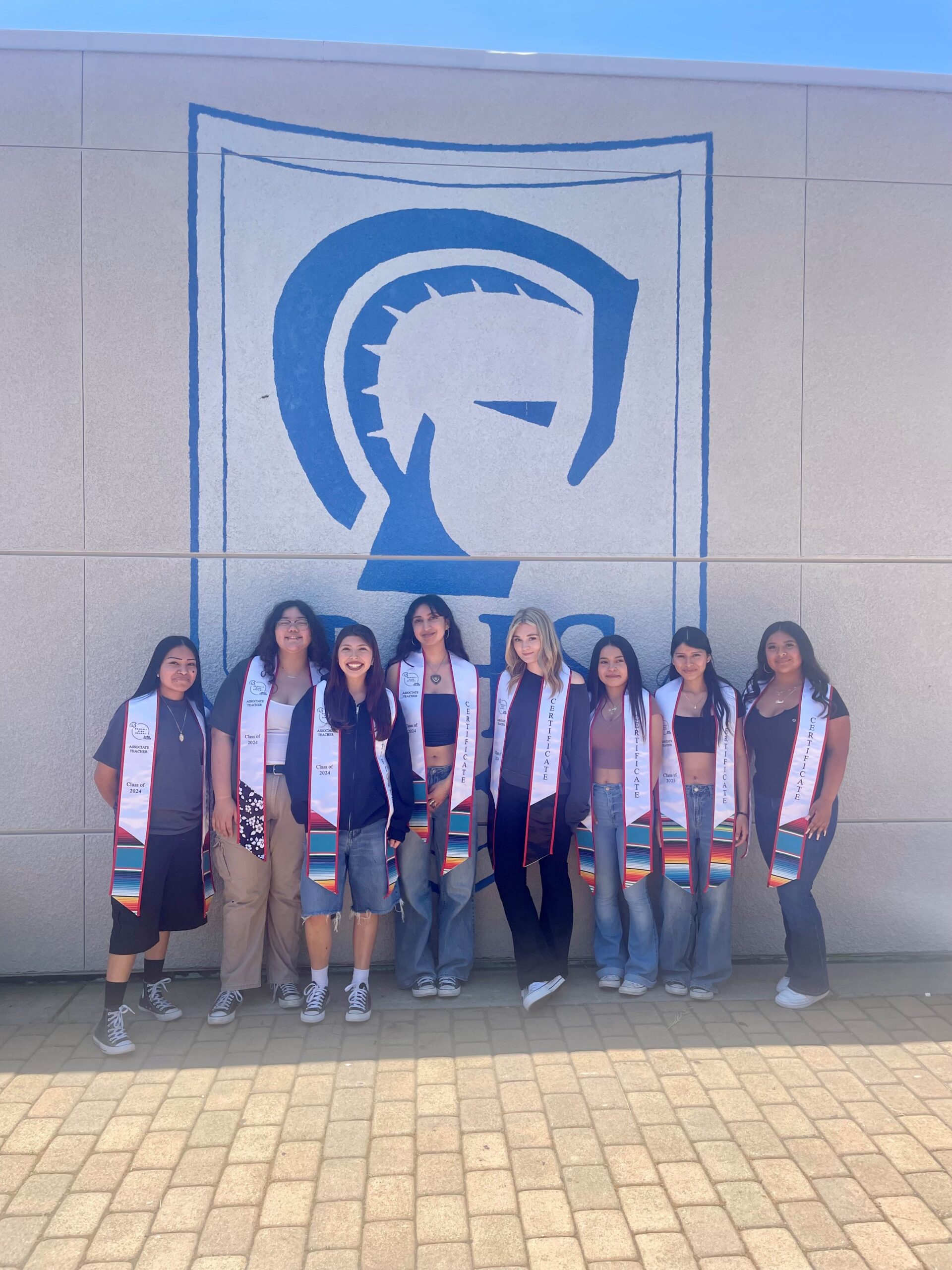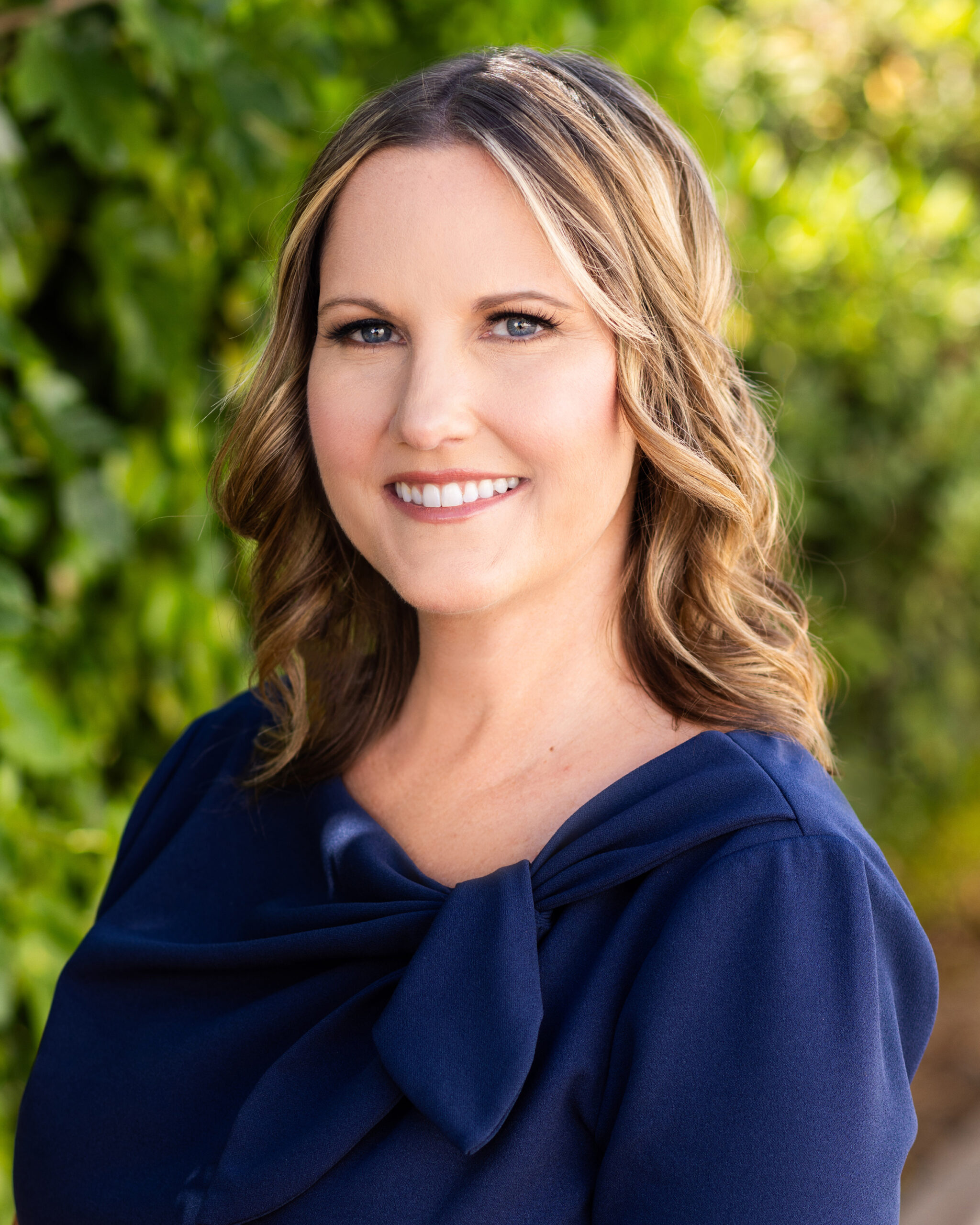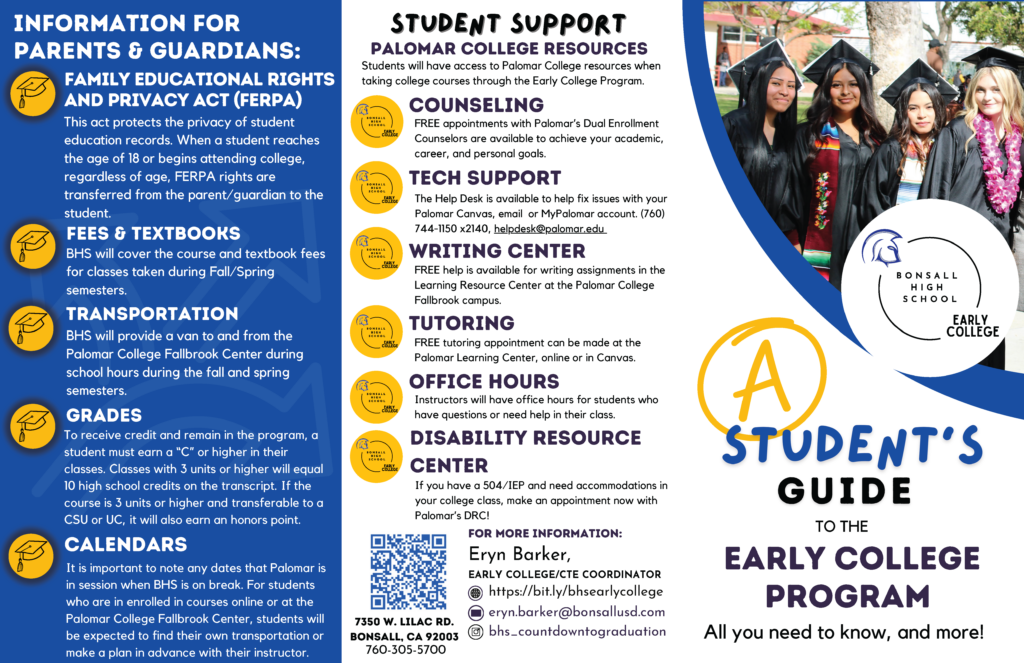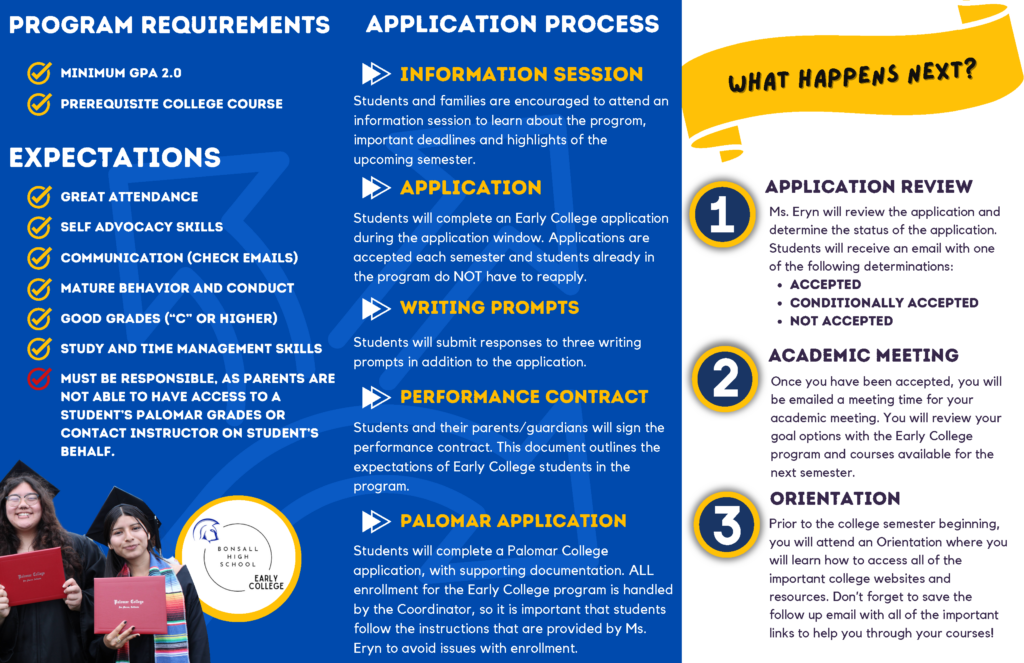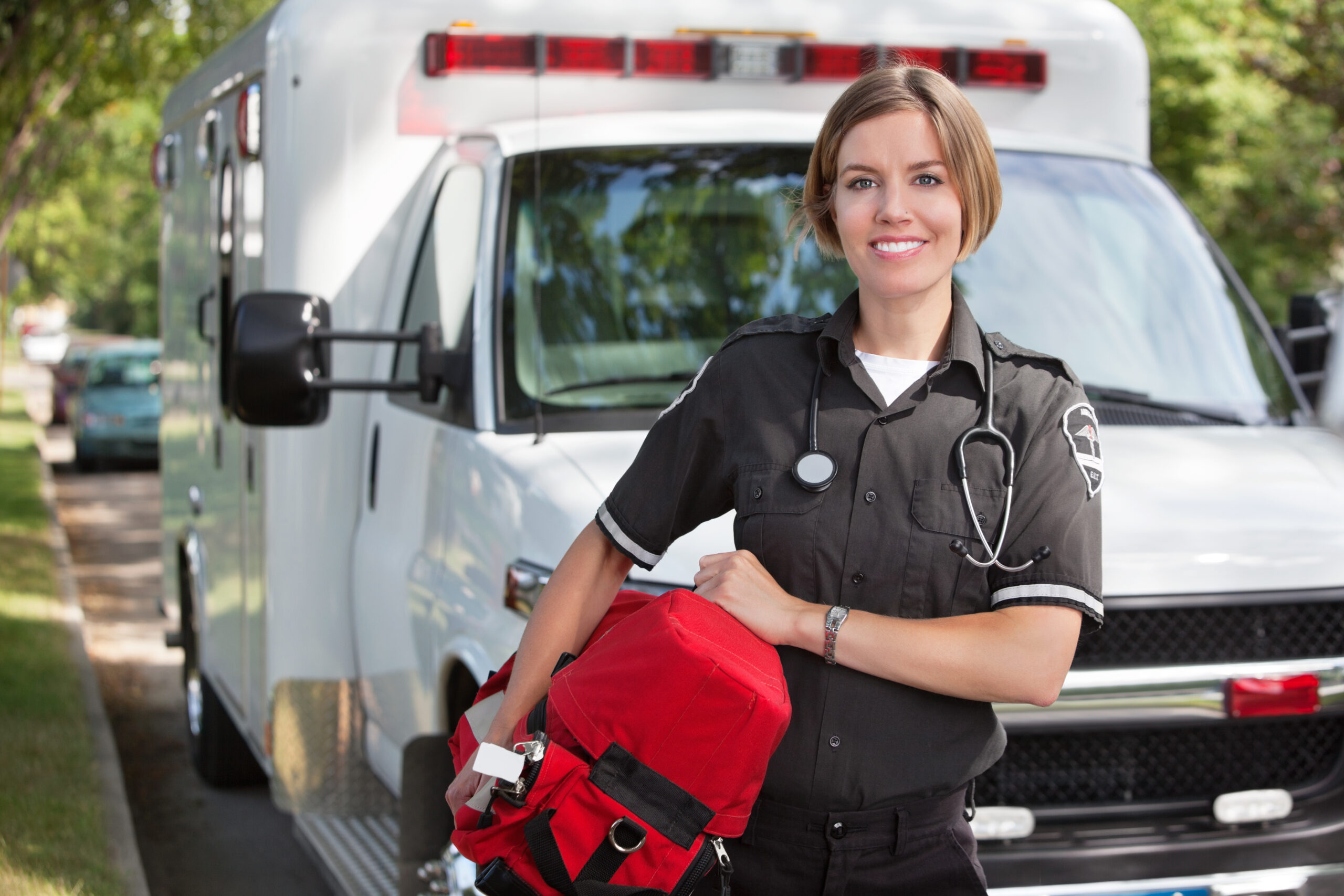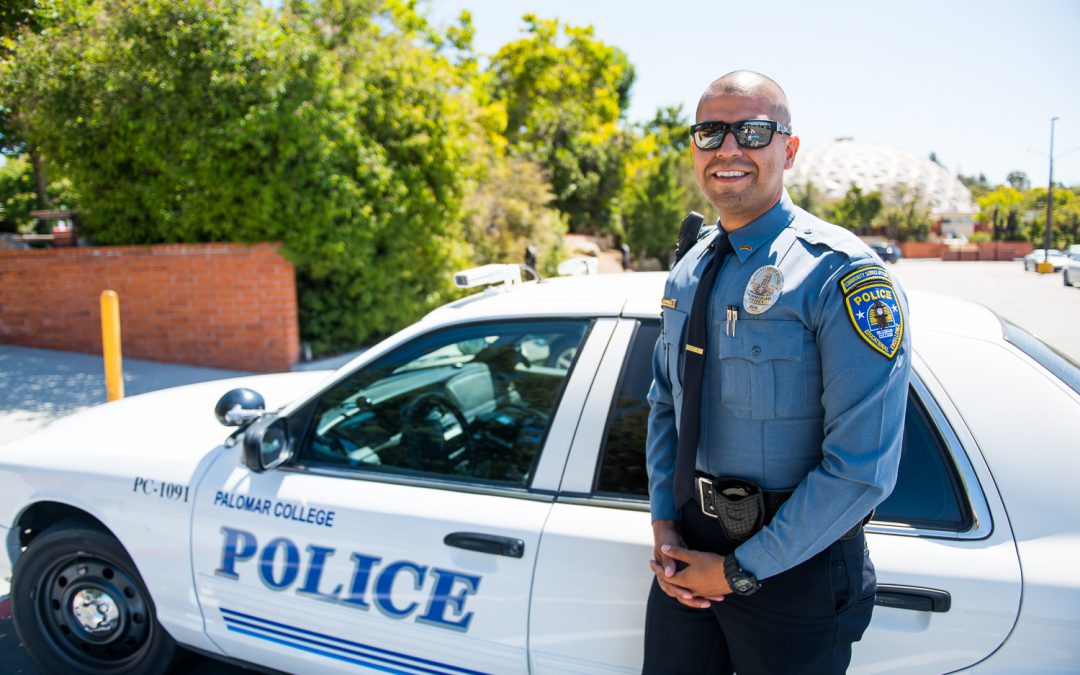Fallbrook Education Center
Author: Maynard, Yvette D.
Protected: Faculty Resources: Handbook
Protected: Faculty Resources: Classrooms
Image Sources
- 20180814_111652: Palomar Community College District | All Rights Reserved
- J-01-1: Palomar College | All Rights Reserved
- Biology Lab: Palomar College | All Rights Reserved
- Image (31): Palomar College | All Rights Reserved
- Biology Lab: Palomar College | All Rights Reserved
Bonsall High School Early College Program

Bonsall students in the News:
Palomar College offers ‘Early College Program’ to Bonsall Unified high school students
Image Sources
- JB240142_Bonsall_HS_Flyer: Bonsall High School | All Rights Reserved
- EC-Logo-1: Palomar Community College District | All Rights Reserved
Early College by the Numbers
Commencing in Fall 2022, and offering both a unique and innovative approach to learning, the Early College partnership between Bonsall High School and the Fallbrook Education Center has been a thriving success for its students.
Offering a rich variety of courses, an individualized, immersive experience, and the security of reliable student transportation between Bonsall High School to the Fallbrook Education Center, the Early College program provides students with an achievable pathway towards academic and workforce success.
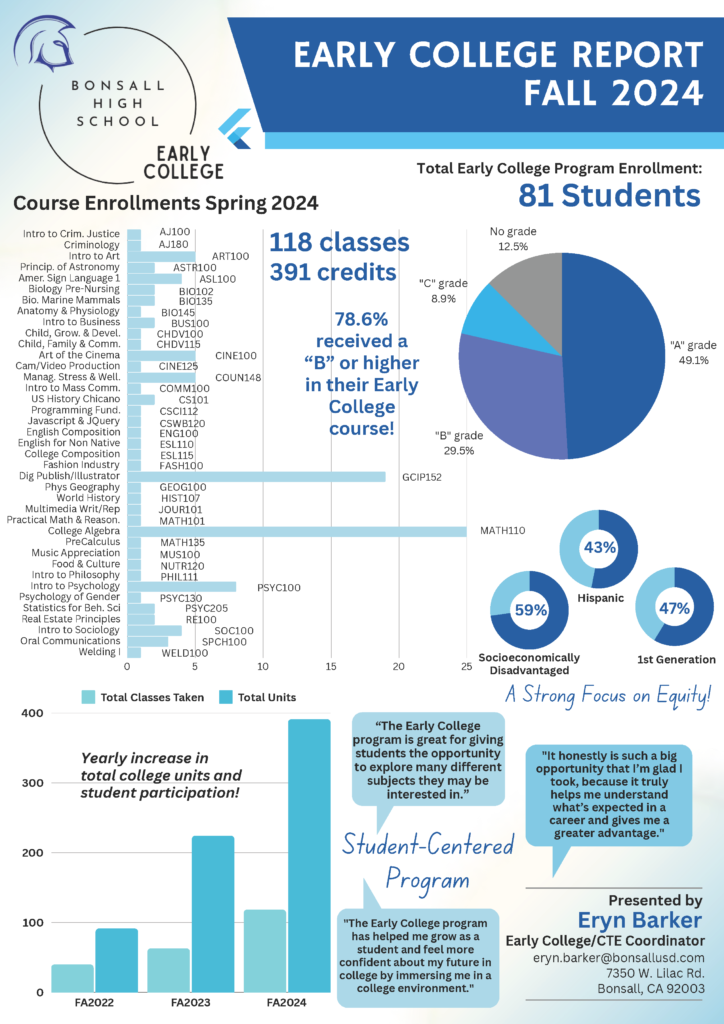
Image Sources
- Early College FA24 Report: Ms. Eryn Barker | All Rights Reserved
Bonsall High School Resources and FAQs
For detailed information about the Early College experience, program requirements, the application process, and helpful frequently asked questions, please visit the NEW Student Handbook
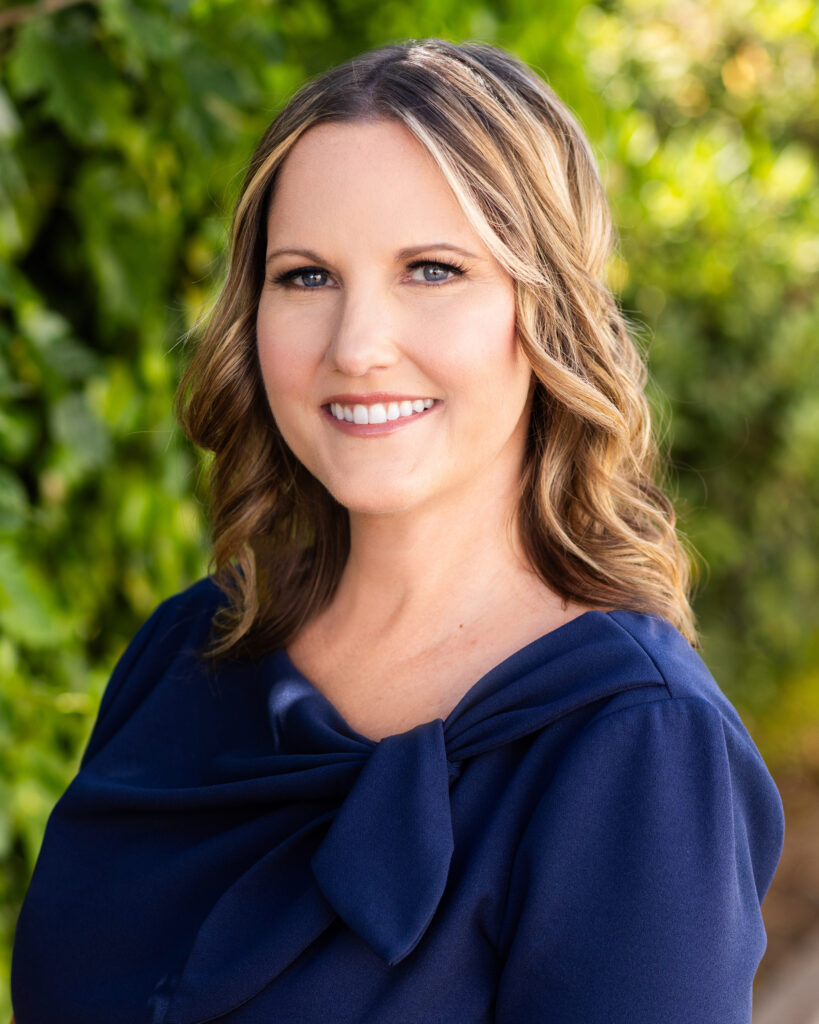
Ms. Eryn Barker, M. Ed
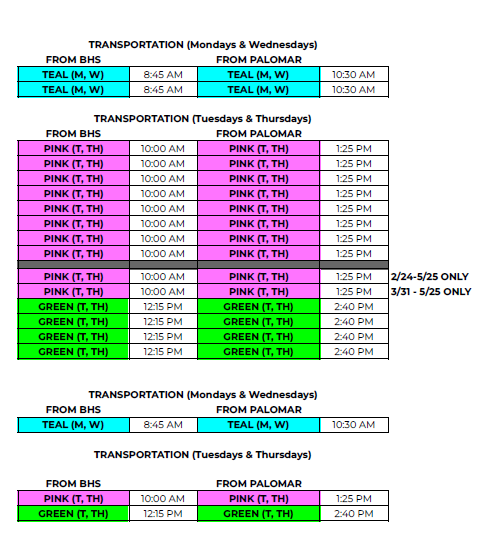

Image Sources
- Ms. Eryn Barker: Ms. Eryn Barker, M. Ed | All Rights Reserved
- Early College 101_Page_1: Ms. Eryn Barker | All Rights Reserved
- Early College 101_Page_2: Ms. Eryn Barker | All Rights Reserved
Early College Forms and Quick Links
Palomar College Quick Links
College Catalog
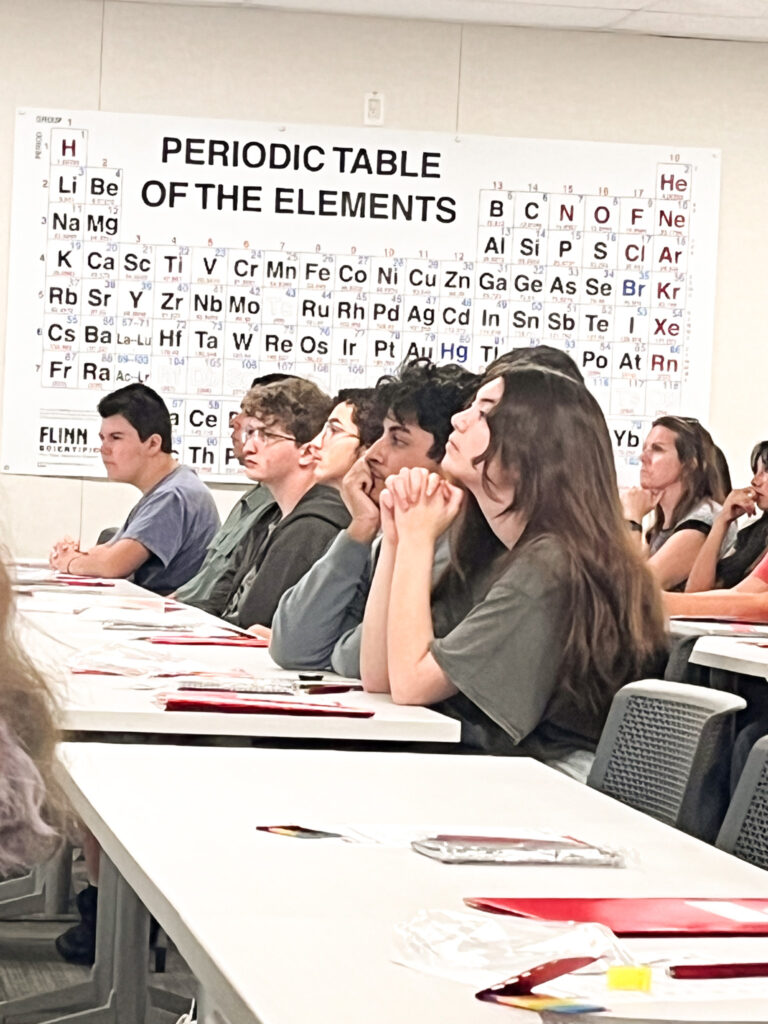
BHS students must submit all forms to:
You may use Adobe’s Fill and Sign feature to complete our forms. Click here to download the free Adobe Signature application if necessary.
To sign with a Digital Signature, you must download and save your form to your computer first. We accept wet signatures (hand signature) and digital signatures ( date and time stamp) only. If you have a software/app/program that allows you to digitally sign your form with a date and time stamp, other than Adobe, we will accept the signature. We understand there are software’s/app’s/program’s that allow you to place a wet eSignature, we will review the form before accepting the form.
- General Forms
- Add/Drop Form
- AB540/AB2000 Affidavit
- Application for Admission
- Audit Application
- Authorization for Release of Information
- California College Promise Grant
- Course Substitution/Waiver Form
- Data Change
- Duplicate Diploma Request
- Grade Adjustment Form
- Grade Dispute Form
- Incomplete Form
- K12 Special Admission Approval
- Major Change
- Non-Credit Community Education Application
- Out-Of-State Hold Clearance Form
- Overlapping Class Form
- Pass/No Pass
- Proof of Acceptance Letter Request
- Request For Review of Residence Status
- Residency Determination Appeal Form
- Transcript Request Form
- Verification of Enrollment Request
- Voter Registration
- Ward of the Court Verification
Add/Drop Form
Submit completed and signed form to the Admissions Front Counter to add or drop a class. If the class you wish to add is full, you must obtain the instructor’s signature.
AB540/AB2000 Affidavit
This is required to apply for AB 540 status. Click here for more AB 540 information.
Application for Admission
Application for Admission – Online
All are strongly encouraged to complete the online Application for Admission for faster processing times. The paper application is not available online, please email admissions.
Audit Application
Request to change normal letter grading (ABC/P) to Audit (AUD). Print and read the form carefully for instructions and qualifications. Once the form is signed and submitted, the student will not have the option to revert back to a graded option. There is no refund of audit fees. Submit this form in-person to Admissions in the Student Services Center in San Marcos or to Admissions at the Escondido Center. Use the Division/Department list below to obtain the required signatures for your class.
Authorization for Release of Information
This form must be signed by the student in-person in the Admissions Office. The student and the individual(s) listed on the consent form must be present and must have a legal picture identification (driver’s license, state ID card, passport, military ID card, etc.)
California College Promise Grant
California College Promise Grant Form
(Formerly known as the BOG Fee Waiver)- Effective Fall 2016
Course Substitution/Waiver Form
Course Substitution/Waiver Form
Purpose: Obtain permission from the academic department to substitute or waive a course required to complete an Associate Degree or Certificate of Achievement Program
Location: Online or Evaluations Office, SSC-40
Location to Submit: Evaluations Office, SSC-40
Documentation Required: Unofficial transcripts and/or course descriptions
Processing Timeframe: Depends on the academic department, typically up to 2 weeks
Student Notification: Typically student-initiated or through degree or certificate program evaluation
Data Change
(Effective Fall 2020) – Submit this form when you need to make changes to your email address, street address, or telephone number. Changes to name, date of birth or social security number or gender will require a legal picture ID and social security card, or other legal documents. Submit in person to the Admissions Office, located in the Student Services Center at San Marcos or in the main lobby at the Escondido, Rancho Bernardo or Fallbrook center, or scan and email from your Palomar student email.
Duplicate Diploma Request
Duplicate Diploma Request Form
Use this form to request a copy of your diploma. Fees apply. The link directs you to the Evaluations Office website.
Grade Adjustment Form
Purpose: Request an adjustment to your grade point average after repeating a course in which you have received a substandard grade (D, F, FW)
Location: Online or Records Office, SSC-55
Location to Submit: Records Office, SSC-55
Documentation Required: Possibly transcripts from another college
Processing Timeframe: Typically 7-10 business days, up to 3 weeks during the end-of-term processing
Student Notification: None, student referred to check eServices transcript
Grade Dispute Form
Purpose: Submit this form for a formal hearing to dispute a grade if you are not satisfied after you have discussed your grade with your faculty member, department chair and Dean.
Location: Link
Location to Submit: V.P. Instruction Office, AA-103
Documentation Required: See Policy and Procedure guide
Processing Timeframe:15 days
Student Notification:
Incomplete Form
Purpose: Request to receive an Incomplete grade in a course due to unforeseen emergency, and justifiable reasons at the end of the term. Students will have 1 year to complete the missing course requirements. Failure to complete the course work will result in an F grade.
Location: Online or Records Office, SSC-55
Location to Submit: Records Office, SSC-55
Documentation Required: None
Processing Timeframe: End-of-term when grade rosters are submitted
Student Notification: Mail
K12 Special Admission Approval
K12 Special Admission Approval Form
After completing the online Application for Admission, this form is required for students who will be under 18 years of age at the start of any Palomar College semester ( Fall, Spring or Summer) or are currently enrolled in K-12 public, private or home school.
- K-12 students are limited to 7 units in the spring or fall term and 5 units in the summer session. A student requesting enrollment in excess of these limits must petition to the Director of Enrollment Services and provide transcripts and written justification. See K-12 Special Admission Unit Petition .
- If the minor student is attending high school, the student, parent/guardian, and the high school district official must sign.
- If the minor student has graduated high school or has received a California High School Proficiency Exam Certificate, then only the student and parent/guardian signature are required.
- If the minor student is homeschooled, please see below:
- Parent/Guardian/school admin must sign as the district official
- A copy of a Private School Affidavit is required.
- If the minor student is under 16 years of age, the Palomar faculty member of the class for which they wish to enroll, must give written permission on the K-12 Special Admission form with a signature and submit a completed Add/Drop form. Admissions staff will process the enrollment in person once all required signatures have been obtained, and only on or after a student’s enrollment appointment date.
- In all cases, submit the form to the Enrollment Services Office in the Student Services Center on the main campus in San Marcos or one of our Education Centers in Escondido, Fallbrook, or Rancho Bernardo, or as a PDF document to admissions@palomar.edu from your Palomar student email.
Major Change
Non-Credit Community Education Application
Non-Credit Community Education Application – Spring 2018
Print both pages of this form and complete for Non-credit Adult Basic Education, Disability Education, and English as a Second Language (ESL) classes. Submit the completed form to the Admissions Office in the Student Services Center, or in the Main Lobby at the Escondido Center.
Out-Of-State Hold Clearance Form
Out-of-State Hold Clearance Form
Complete this form to release an Out-of-State address hold. This form must be completed and signed through Adobe with a digital signature (date and time stamp) or wet signature (hand signature).
Overlapping Class Form
Purpose: This form must be completed and signed by the persons below before the Enrollment Priority Petition will be processed in classes that have a time conflict. Must be completed in this order:
- student
- instructor
- department chair
- dean
Location: Link
Location to Submit: Admissions/FA Office
Pass/No Pass
Complete this form to change the grading status of a class from ABC to PNP. Deadlines Apply. See the Add/Drop Deadlines link on the Academic Calendar page. Submit the form to the Admissions Office in the Student Services Center in San Marcos or the Escondido Center, or submit via email to admissions@palomar.edu from your Palomar student email.
Proof of Acceptance Letter Request
Proof of Acceptance Letter Request Form
Submit this request for proof of a general acceptance to the college, or for an early release from the military on the basis of college acceptance. Students must have a current application on file. Allow 5 working days for processing.
Request For Review of Residence Status
Request For Review of Residence Status Form
Complete this form if you have been coded as a non-resident and you feel this is incorrect, or you have satisfied the requirements of in-state residency and would like to have your status updated. Print the form and submit with proof of your physical presence in CA of one year by the residency determination date below and indicators of Intent, listed below. Submit to the Admissions/Financial Aid Office, located in the Student Services Center at San Marcos or at the Escondido Center. (TIP: *Please download and save the form before filling the form out)
| Indicators of IntentCA Driver’s License CA Vehicle Registration CA 540 Tax Return | For additional information, please click here. |
Residency Determination Appeal Form
Residency Determination Appeal Form
Purpose: Submit this form after you have submitted the Residency Status Change Request and received a denial of in-state residency status. If you feel that the determination is incorrect, complete this form and submit with documentation that will support your claim for in-state residence status.
Location: Link
Location to Submit: Admissions/FA Office
Documentation Required: Documents to support your claim for in-state residency status
Processing Timeframe: 5 business days
Student Notification: Letter or email
Transcript Request Form
Transcript Request Form(from Palomar to another school, employer, institution, etc.)
Purpose: Request your Palomar transcript to be sent to schools, colleges, universities, employers, or other third parties.
Location: Online or Records Office, SSC-55
Location to Submit: Student eServices, Online, or Records Office, SSC-55
Documentation Required: None
Processing Timeframe:
- Normal: 7 to 20 business days
- Rush: 1-2 business days
- Holds: Depends on grade and degree processing
Student Notification: None
Verification of Enrollment Request
Verification of Enrollment Request Form
Complete this form when you need a letter confirming that you are a student at Palomar College. This form will be stamped with the Registrar’s name and include the school seal. The form can indicate the number of units that you are taking currently, the number of units completed, the major declared, the degree awarded and the date of the award and the cumulative G.P.A. Submit the completed form to the Records Office, located at the east end of the Student Services Center at the San Marcos campus. See the form for fee information.
Voter Registration
Use this website to register to vote in California. To register to vote online you will need your CA driver license or ID card number, the last four digits of your social security number, and your date of birth.
Ward of the Court Verification
Ward of the Court Verification Form
Students who are under the age of 25 and are currently foster youth, or who have been foster youth in the past should use this form to obtain confirmation of their status as a foster youth. Submit the completed form to the Admissions/Financial Aid Office located in the Student Services Center at the San Marcos campus.
Image Sources
- Bonsall High School Early College students: Palomar College | All Rights Reserved
Palomar Pathways and Center Academic Programs
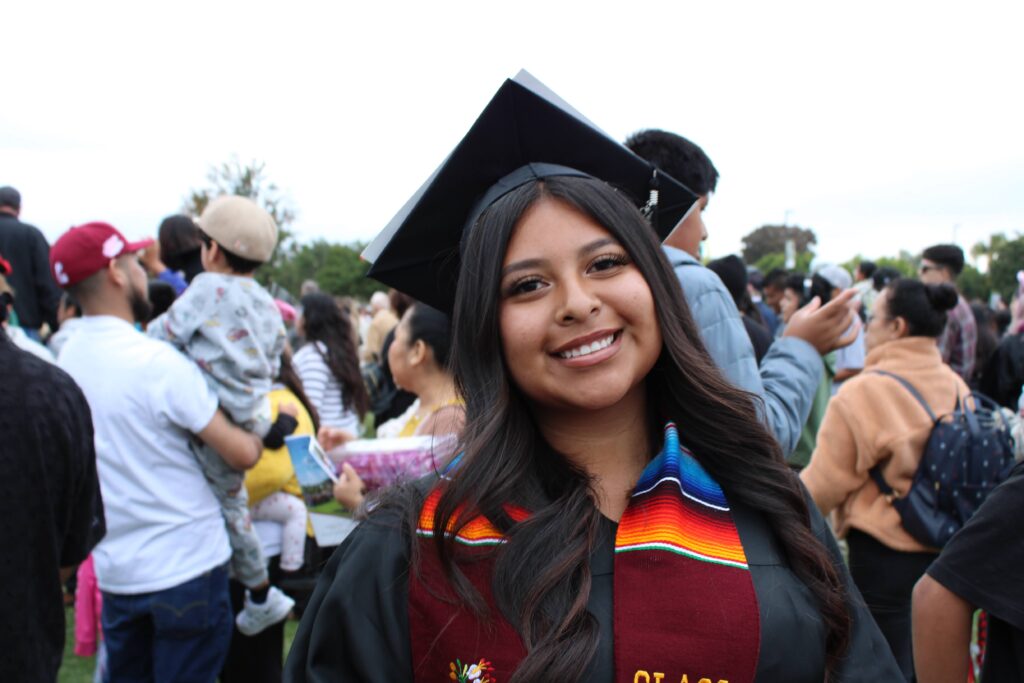
Palomar College has grouped degree and certificate programs together in categories to help students select the right Palomar Pathway. Palomar Pathways are designed to help you choose your path to an Associate degree, certificate, transfer to a 4-year institution, or gain the skills you need to start your career. Select one of the career and transfer pathways to access resources to help you stay on track with your educational journey.
Social and Behavioral Sciences
Science, Technology, Engineering, Math
Palomar Pathways Mapper
The Palomar Pathways Mapper allows you to review certificate and degree program maps that show you the semester by semester course plan from start to finish. You can view information on occupations, careers, salaries, and the demand for workers in your chosen field. The maps represent one possible pathway to completion. Please see a counselor to create a personalized education plan to meet your needs.
Center Academic Programs
While the Fallbrook Education Center (FEC) offers a comprehensive set of courses, including General Education classes, Palomar College also provides a set of structured guided pathways. These career pathways, or clusters, define a roadmap for college success by laying out courses semester by semester and taking much of the guesswork out of obtaining a degree or certificate.
The Fallbrook Education Center offers the Associate Degree for Transfer (AD-T) in both Psychology and Sociology, targeting focused transfer options. Students at our center will be able to complete 100% of the classes associated with this AD-T through a combination of face-to-face and online offerings. An Associate Degree or Certificate of Achievement can be earned in Fire Technology – General as you train to meet the requirements mandated by the California Office of State Fire Marshal for Certified Fire Fighter I. You can also earn an Associate Degree in Administration of Justice – General while preparing prepares for a career in the criminal justice system or private security services.
With the Associate Teacher Certificate of Achievement, you can complete all your coursework for the Associate Teacher permit in 16 weeks! The program requires four, 4-week hybrid courses, scheduled one night a week and online. We also offer a Certificate of Proficiency in EMT-Basic. This three-course program prepares you for the National Registry EMT-B written and skills practical exam.
By scheduling nearly all classes at the center according to consistent blocks of time, Palomar College hopes to make it easier for busy students to take a number of courses on a Monday/Wednesday OR a Tuesday/Thursday schedule. Other flexible scheduling options may also be available such as meeting one day a week, enrolling in courses that are offered partially online, or opting for courses that meet for 8 weeks instead of 16 weeks.
The Fallbrook Education Center may change academic programs over time based upon demand and popularity of industry trends and gainful employment opportunities.
Image Sources
- grad3: Ms. Eryn Barker | All Rights Reserved
EMT – Basic
Image Sources
- : Getty Images | All Rights Reserved
Administration of Justice – General
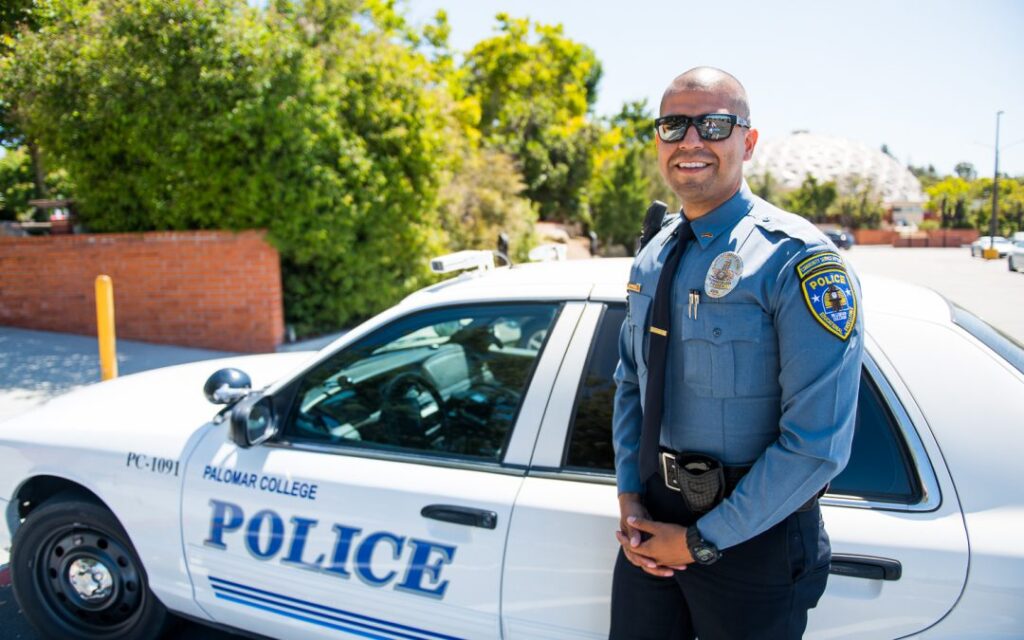
This program prepares students for a career in the criminal justice system or private security services. The program will give students general knowledge and skills in theory, principles, and techniques of law enforcement agencies and private security services.
Learning Outcome(s):
- Describe and Discuss the Criminal Justice process from investigation through trial to appeal.
- Compare the three major components of the criminal justice system in the United States and summarize the major responsibilities of each.
- Describe the Constitutional Rights protected by the 4th, 5th, 6th, and 8th Amendments to the U.S. Constitution and discuss how they relate/influence to the collection and use of evidence in a criminal investigation and proceeding.
| COURSE | UNITS | FACE-TO-FACE at FEC | ONLINE | PRE-REQ |
|---|---|---|---|---|
| Program Requirements | ||||
| AJ 100: Introduction to Criminal Justice | 3 | Spring 2025, Fall 2026 | ||
| AJ 101: Criminal Evidence | 3 | Spring 2025 | ||
| AJ 102: Criminal Procedures | 3 | Fall 2024, Fall 2025, Spring 2027 | Spring 2025 | |
| AJ 103: Community Relations | 3 | |||
| AJ 104: Criminal Law | 3 | Fall 2025, Spring 2027 | ||
| AJ 106: Police Ethics | 3 | Fall 2024 | ||
| AJ 180 Criminology | 3 | Spring 2026, Fall 2027 | Spring 2025 | |
| Electives (Select 12 units) | ||||
| AJ 153: Issues in Homeland Security | 3 | Spring 2025 | ||
| FIRE 131: Emergency Preparedness | 3 | |||
| AJ 141: Enforcement Psychology | 3 | |||
| AJ 131: Juvenile Justice | 3 | Spring 2026, Fall 2027 | ||
| SOC 110: Social Problems | 3 | Fall 2024 | Spring 2025 | |
| AJ 65: Preparation for Law Enforcement | 3 | |||
| AJ 97: Topics in Administration of Justice | 0.5-20.0 | |||
| AJ 197: Topics In Administration Of Justice | 0.5-6.0 | |||
| Total Units 33 | ||||
Image Sources
- Jesus-Montes-1-of-1-1080×675-1: Palomar Community College District | All Rights Reserved


